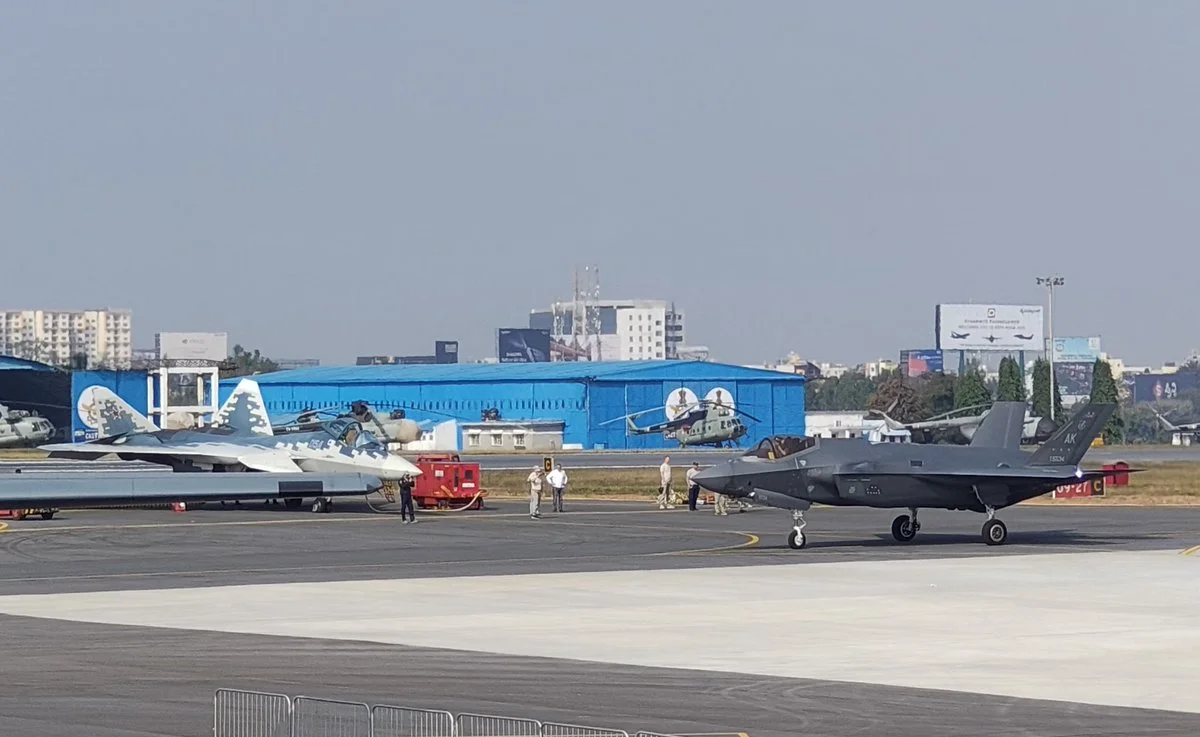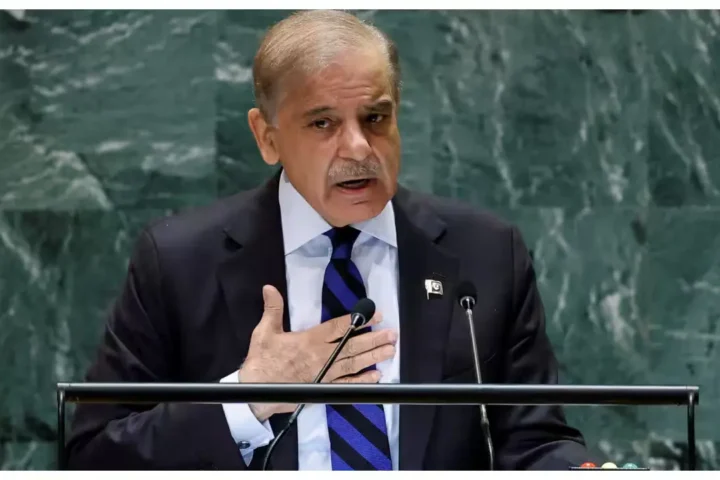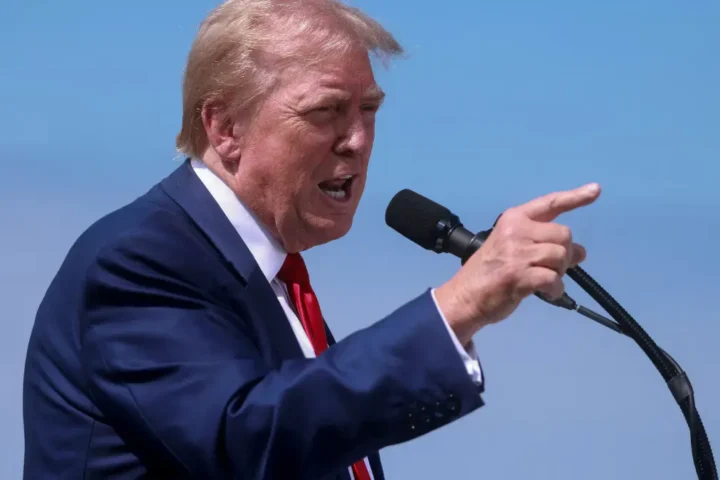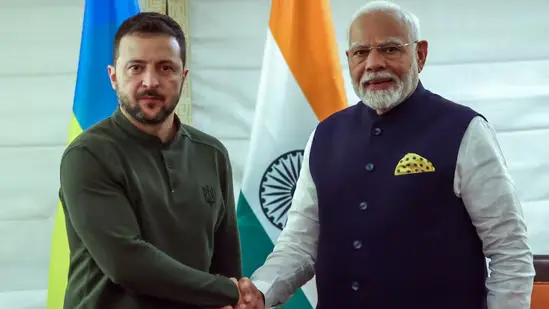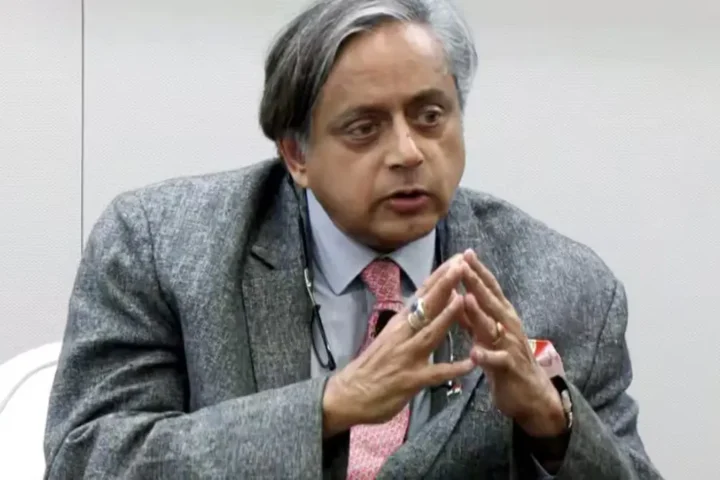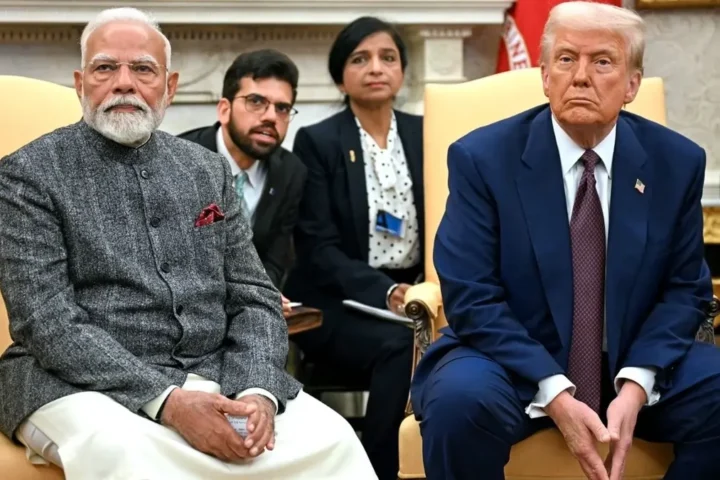India finds itself at the crossroads of a significant defense dilemma as geopolitical giants. The U.S. and Russia, vie for influence over its military strategy. In the latest development, the Indian opposition has criticized U.S. President Donald Trump’s offer of F-35 fighter jets to India, arguing that it could compromise the country’s strategic autonomy. Meanwhile, Russia has made its own counteroffer, pitching its Su-57 fighter jets as a powerful alternative. The defense deal and reactions are sparking a debate about India’s defense future in a complex international landscape.
The Trump F-35 Offer: A Strategic Shift?
In the closing days of the Trump administration. The U.S. extended an offer to India to purchase its F-35 fighter jets—one of the most advanced and stealthy aircraft in the world. Trump presented the offer to strengthen Indo-U.S. defense ties, emphasizing that the F-35 would significantly bolster India’s defense capabilities amid rising Indo-Pacific tensions.
Key Features of the F-35:
- Advanced Stealth Technology: The F-35 is equipped with advanced stealth features. It nearly invisible to enemy radar, a vital asset in modern warfare.
- Multirole Combat Capabilities: It is capable of air-to-air combat, air-to-ground strikes, and intelligence surveillance reconnaissance.
- Superior Technology: With cutting-edge avionics, sensors, and weapons systems. The F-35 is considered one of the most technologically advanced fighter jets globally.
The offer, while enticing in terms of technological advancement, has not been universally welcomed within India. Critics, particularly within the opposition parties, have expressed concerns about the implications of deepening India’s defense ties with the U.S.
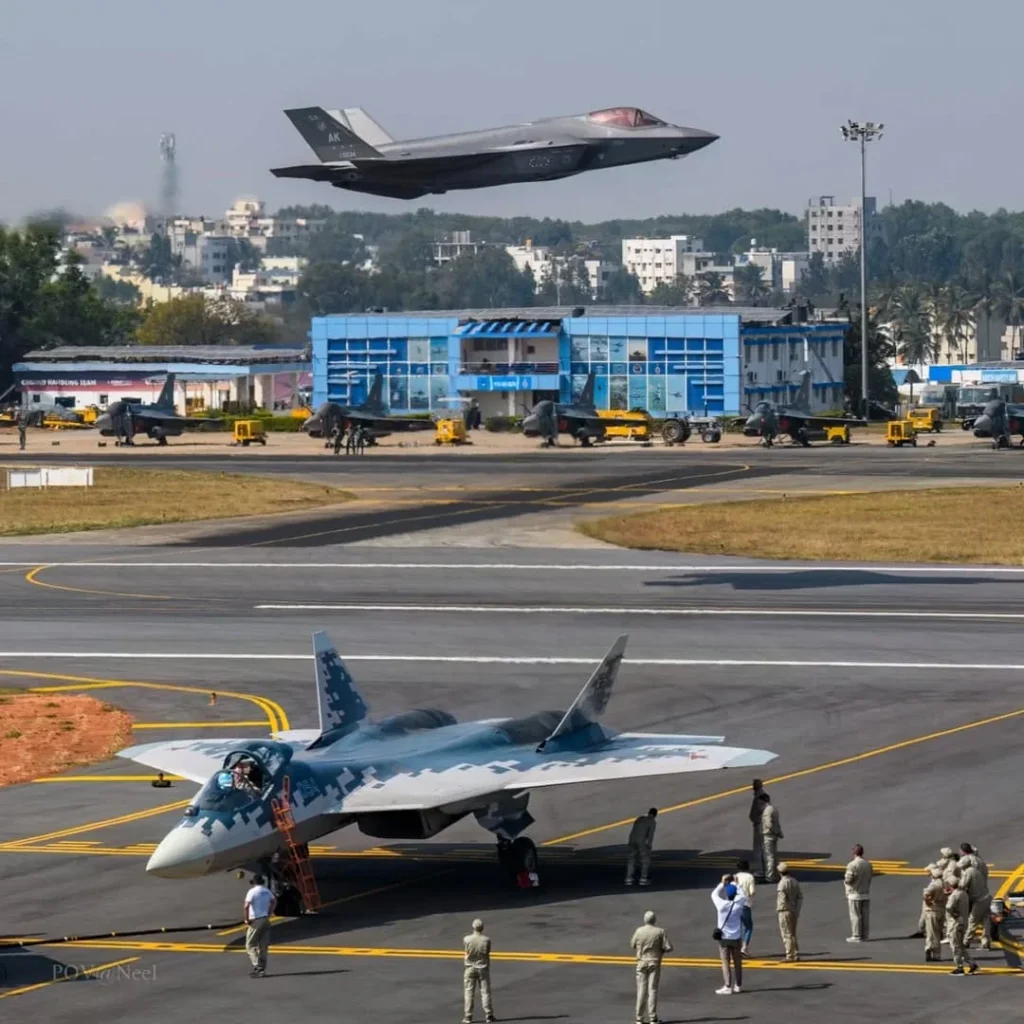
Opposition’s Concerns: Strategic Autonomy at Stake
India has long followed a policy of non-alignment and diversified defense partnerships, and the opposition argues that entering into a significant defense deal with the U.S. could undermine this principle. The fear is that relying too heavily on U.S. military technology might tie India’s strategic decisions too closely to U.S. foreign policy goals, particularly in the Indo-Pacific and broader geopolitical areas.
Opposition Highlights:
- Loss of Independence: India has historically prided itself on having a diversified defense procurement strategy. Balancing partnerships with countries like Russia, France, and Israel. A shift toward U.S. dominance might limit India’s options in the future.
- Geopolitical Consequences: The opposition also raises concerns about the political fallout from increasing reliance on the U.S. which could create tension with other partners like Russia and China.
Russia’s Counteroffer: Su-57 Fighter Jet
In response to the U.S. offer, Russia has not only reaffirmed its commitment to India as a reliable defense partner but has also pitched its own advanced aircraft: the Su-57 fighter jet. Russia’s defense ministry has highlighted the Su-57 as a formidable rival to the F-35, boasting similar stealth and advanced combat capabilities.
Key Features of the Su-57:
- Fifth-Generation Stealth: Like the F-35, the Su-57 is designed with advanced stealth technology, making it highly effective in contested airspaces.
- Versatile Combat Systems: The Su-57 is equipped with air superiority, ground attack, and reconnaissance capabilities, making it highly versatile in various combat scenarios.
- Proven Track Record: Russia has a long history of providing India with robust defense solutions, including the Su-30MKI and T-90 tanks, reinforcing the trust between the two countries.
Russia’s offer comes amid increasing tensions in the Indo-Pacific, where India seeks to maintain a balanced relationship with both Western powers and its longstanding ally, Russia. Moscow’s pitch emphasizes the importance of maintaining India’s traditional defense relationships while offering a potent alternative to U.S. aircraft.
Interesting Read
The Bigger Picture: Geopolitical Implications and Strategic Autonomy
The decision India makes regarding these defense offers will have far-reaching consequences not only for its military capabilities but also for its broader foreign policy. India’s growing ties with the U.S. have been balanced by the historical defense partnership with Russia. The tension between these two major powers highlights India’s delicate balancing act in the international arena.
Factors Shaping India’s Decision:
- Defense Diversification: India is unlikely to completely side with one partner, given its need to ensure a diversified defense portfolio to safeguard its strategic interests.
- Regional Security Concerns: The security challenges posed by neighboring China and Pakistan will weigh heavily on any decision regarding advanced fighter jets.
- Political and Diplomatic Considerations: India’s strategic relationships with both the U.S. and Russia are crucial to its broader geopolitical strategy in the Indo-Pacific region.
Conclusion: A Pivotal Moment for India’s Defense Future
India’s defense procurement decisions will ultimately shape its military capabilities and international standing in the coming decades. As the U.S. and Russia jostle for influence over India’s defense strategy, the country must carefully assess not only the technological advantages of each offer but also the broader geopolitical consequences. The ultimate choice could set the tone for India’s defense and foreign policy approach in the years to come, marking a crucial moment in its evolving position on the global stage.

